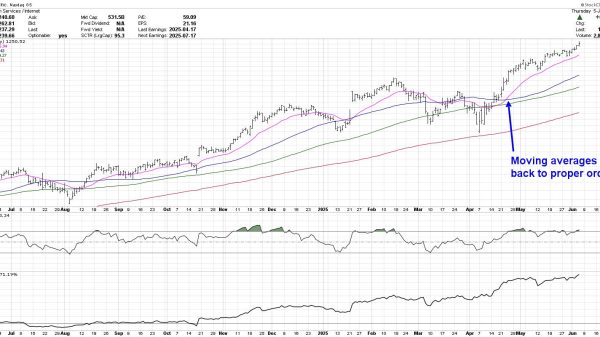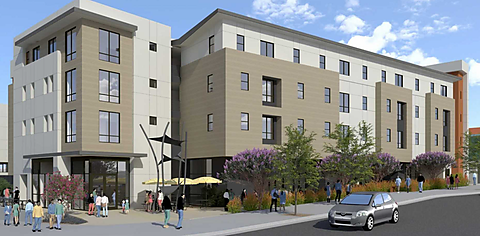Chris Edwards
Many American cities need more low‐income housing, but governments reduce supply and raise construction costs with regulations, taxes, and bureaucracy. The Wall Street Journal reports on a Los Angeles low‐income project, Lorena Plaza, that has taken 17 years to complete because of neighborhood opposition, lawsuits, and zoning and environmental rules. The Plaza’s 49 units are costing $34.2 million to build, or about $700,000 each.
The Journal describes state and local barriers to efficient apartment construction but does not address a major federal barrier—the low‐income housing tax credit (LIHTC). The federal tax break is supposed to aid housing construction, but it adds many costs and complexities, as it likely did for Lorena Plaza.
Vanessa Calder and I described LIHTC failings in a 2017 study. The federal government distributes the credits to the states, which award them to developers to construct apartment buildings. The developers must cap rents for the units they set aside for low‐income tenants. The states submit qualified allocation plans (QAPs) to the federal government, which micromanage LIHTC allocations and housing projects in huge detail. Virginia’s QAP and related 238‐page manual here give a sense of the intense bureaucracy. LIHTC rules are so complex that one guidebook spans 1,790 pages.
California’s Treasurer lists LIHTC applications here. Click on the link for Lorena Plaza and open the Excel file of 17 spreadsheets. The “instructions” sheet is 411 rows, the “checklist” is 1,245 rows, the “application” is 1,053 rows, the “points system” is 701 rows, etc. Aside from the wasteful bureaucracy needed to deal with all this paperwork, the mass of rules for low‐income housing projects stifles cost‐saving innovations.
The financial structures of tax‐credit deals are more complex than market‐based deals, which also raises costs. Further, tax credit allocations are based on estimated costs, which encourages developers to inflate their estimates and provides little incentive to find cost savings during construction. Finally, the occupancy regulations of LIHTC properties impose substantial long‐term administrative and compliance costs.
The LIHTC is a corporate tax break that mainly benefits investors, banks, and developers, not low‐income tenants. There is “minimal federal oversight” of the costly program, notes the GAO, which I suspect is because the credit is so complex that the IRS has decided not to devote auditing resources to it. The lack of oversight has contributed to large amounts of abuse and corruption.
As lawmakers look to simplify the federal tax code, the LIHTC is ripe for repeal. Housing affordability is a serious problem, but state and local regulatory reform is the solution, not federal tax subsidies.
For further reading, see Low‐Income Housing Tax Credit: Costly, Complex, and Corruption‐Prone.























